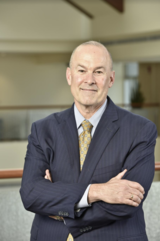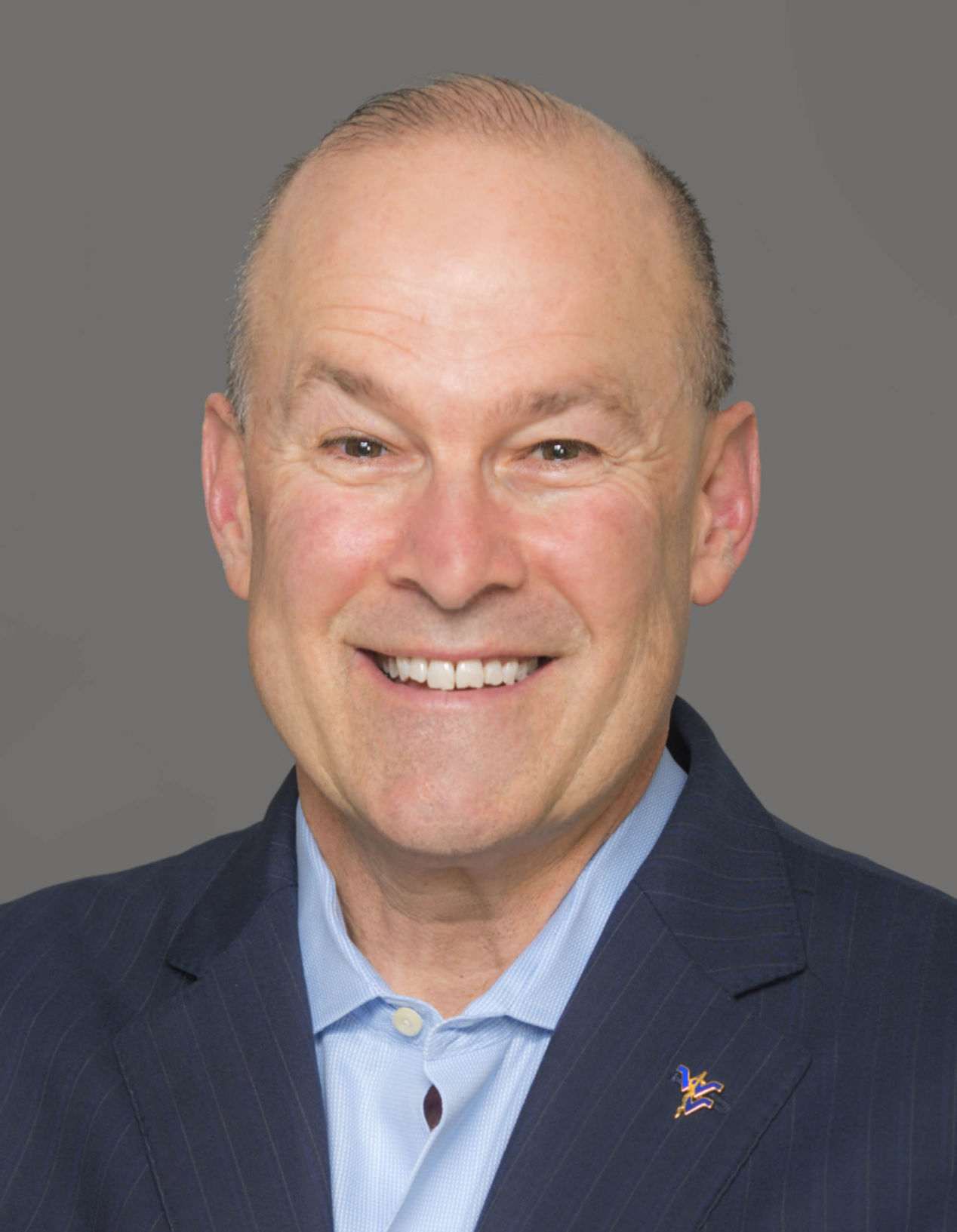We in the United States spend about twice as much on health care as any other country in the world. Despite spending more money, health outcomes here are second to last among developed countries.
Interestingly, this data is also seen in state spending in health care. The more money a state pays in health care, the worse their outcomes. West Virginia spent 25 percent of its gross domestic product last year on health care costs.
Merely spending more money to solve our health care problem is not the answer.
Then, what are the elements that can improve outcomes and reduce costs?
Systems like health care for a state or nation involve a huge number of inputs — the daily work of many thousands of health professionals, the development and distribution of medicines and medical technologies, capital investment in hospitals and offices, and expenditures on health education, public health and other services.
The study of similar interdependent systems — in biology, in engineering, sociology and even traffic control — suggests that although each involves many factors, changing only about 20 percent of the most important agents or things in these systems will account for 80 percent of the total activity seen in the system. Malcolm Gladwell called this observation “the law of the few” in his book “The Tipping Point.”
What few things can we change in health care to save money and improve outcomes?
One clue is in how spending is distributed. An inordinate portion of our health dollars go toward a very small number of people. The federal Center for Medicare and Medicaid Services has access to data on tens of millions of people’s health costs. They’ve studied this in great depth, and found that one out of every 100 Americans is a “super-utilizer” of health care.
This 1 percent of patients accounts for 24 percent of the health care dollar. The least-healthy 5 percent of patients use 50 percent of the health care dollars and the least-healthy 20 percent of us use 80 percent of the health dollars. On the other end of the spectrum, the healthiest 50 percent of people spend only 3.5 percent of the nation’s health care dollars.
If we can help the less healthy population become healthier, our spending on care would drop dramatically — and our overall health statistics would move up.
If we want healthier people, then how do we define health?
Well, I propose that health is defined by having your body’s biological age be less than your chronological age (your body’s real age being less than your birthday age.) Disease is the opposite.
If this tenet is true, then the data becomes clear about what helps people stay healthy — it is how we live as humans and how we see our lives, not our medical or economic status.
Dan Buettner, the “Blue Zones” author, studied areas in Italy, Greece, Japan, Costa Rica and California where people are substantially healthier and live longer than in most of the world. They are not areas with vast wealth or unusual health care systems.
Instead, people in these areas differed from others in four categories — food, exercise, spirituality and socially. They eat less: about 80 percent of what we eat, including more vegetables. Many will have a glass of wine or two a day. They exercised daily — not at gyms, but to travel and play. They had deep spiritual beliefs and worked to live. They all had deep purpose.
Finally, they lived intergenerationally and had good friends. Aged community members were celebrated as sages. While many use these data as a recipe for longer life, importantly, people from these communities never intended to live longer — they just lived their lives fully.
Other studies, in other parts of the world, have also shown that prolonged stress ages people beyond their calendar years. Researchers find that isolation, hopelessness and despair are the unseen drivers of the addiction crisis and the unprecedented drop in life expectancy among West Virginians and others in the once-thriving industrial areas of our country.
I’ve learned a lot from Dr. Mike Brumage, the Kanawha-Putnam health commissioner who also serves as assistant dean of the WVU School of Public Health. He speaks often about the Adverse Childhood Experience Survey, a 10-question test that assesses perceptions about trauma, neglect and family dysfunction in children. Any score increases the risk of addiction, suicide and chronic disease.
In hardest-hit parts of West Virginia, our young people regularly score high enough to be at substantial increased risk.
Our citizens also score poorly on other surveys that assess their perception of health around five areas — social, financial, physical, purpose and community.
But developing resilience, or the trust that things will be well, can offset the risks from despair, adverse experiences, social isolation and poor self-image.
Our health appears to be completely connected to how we see the world, not what the world is. A mindset of hope, abundance and gratitude — as opposed to one of scarcity and fear — along with connections to people and purpose are critical steps toward individual and community health.
Change mindset and change health. Reduce traumas and increase resilience. That is what I think is going on today in West Virginia.
From WVU and WVU Medicine’s perspective, we are trying to combine great health care with the programs and approaches that will also improve the human and community factors that influence health.
We are building collaborations with other health care providers in the state, and also with community leaders and coalitions that are building resilience and hope in our state.
Our task is to commit to purpose, rebuild communities of hope and connections, develop a mindset of abundance and love, and rediscover the American dream where all is possible and where trust abounds.
How can we accomplish these lofty goals? By believing that they are possible and that we deserve great and abundant lives.
After all, we are Almost Heaven.
Originally published at www.wvgazettemail.com


